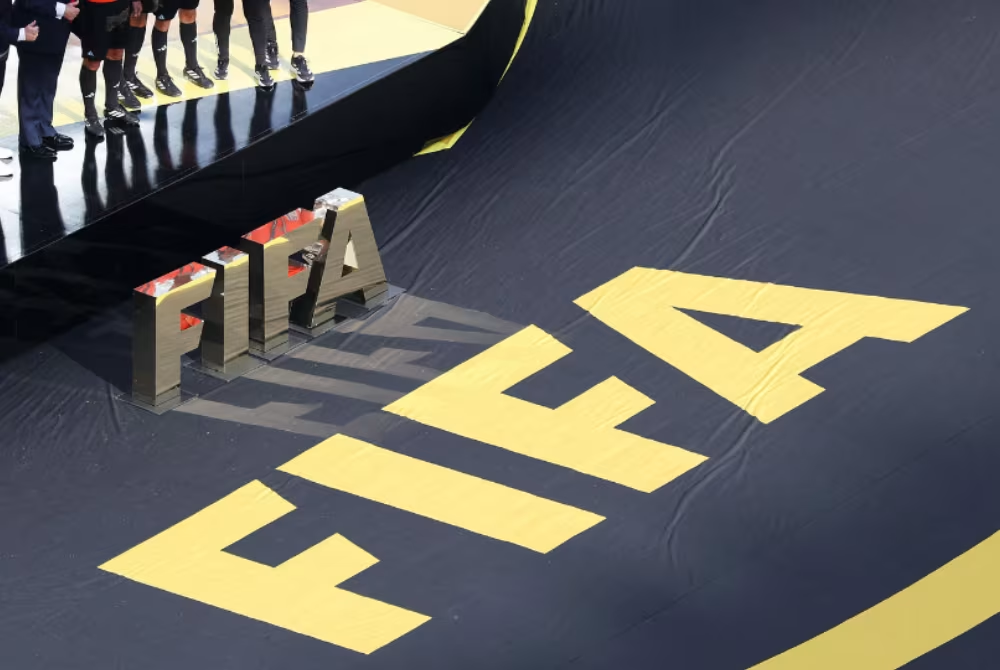Subtotal $0.00
Policy overview
What the policy covers
Rewards for clubs releasing players, recognizing the cost and disruption clubs endure during international windows, stands at the heart of FIFA’s new approach. The policy targets players who directly participate in World Cup qualifiers or the final tournament, and it establishes formal compensation for the clubs that loan or release them. For the first time, clubs can expect financial recognition tied to international duty. The design contemplates multiple formats, including per-player allocations, per-match contributions, or lump-sum payments tied to involvement in qualifiers and the finals. This shift aims to ease budgeting pressures during windows and improve coordination between clubs and national teams.
In scope, Rewards for clubs releasing players applies to clubs whose players are active with national teams during 2026 World Cup qualifiers or the final tournament. The policy acknowledges the resources clubs deploy—travel, training, and disruptions to domestic calendars—when players depart for international duty. While exact scales remain to be determined, the framework signals a move toward predictable, transparent compensation that clubs can plan around in advance. For context, see FIFA’s communications on international calendars and governance.
Rationale and objectives
The policy is pitched as a governance reform designed to bridge the long-standing rift between club schedules and national-team commitments. Rewards for clubs releasing players represents a formal recognition of the costs clubs bear when players join national squads. By introducing financial recognition, FIFA aims to encourage smoother cooperation, reduce scheduling friction, and support broader participation in World Cup qualifiers. The approach aligns with ambitions for fair play, transparency, and shared responsibility among clubs and federations.
Ultimately, the objective is to provide a predictable framework that stabilizes budgeting for clubs and enhances long-term planning. Stakeholders hope the mechanism will improve squad depth, enable better youth development, and motivate more strategic collaboration with national associations. As implementation details emerge, the policy’s effectiveness will hinge on clear rules, timely payments, and robust verification processes that prevent misuse.




